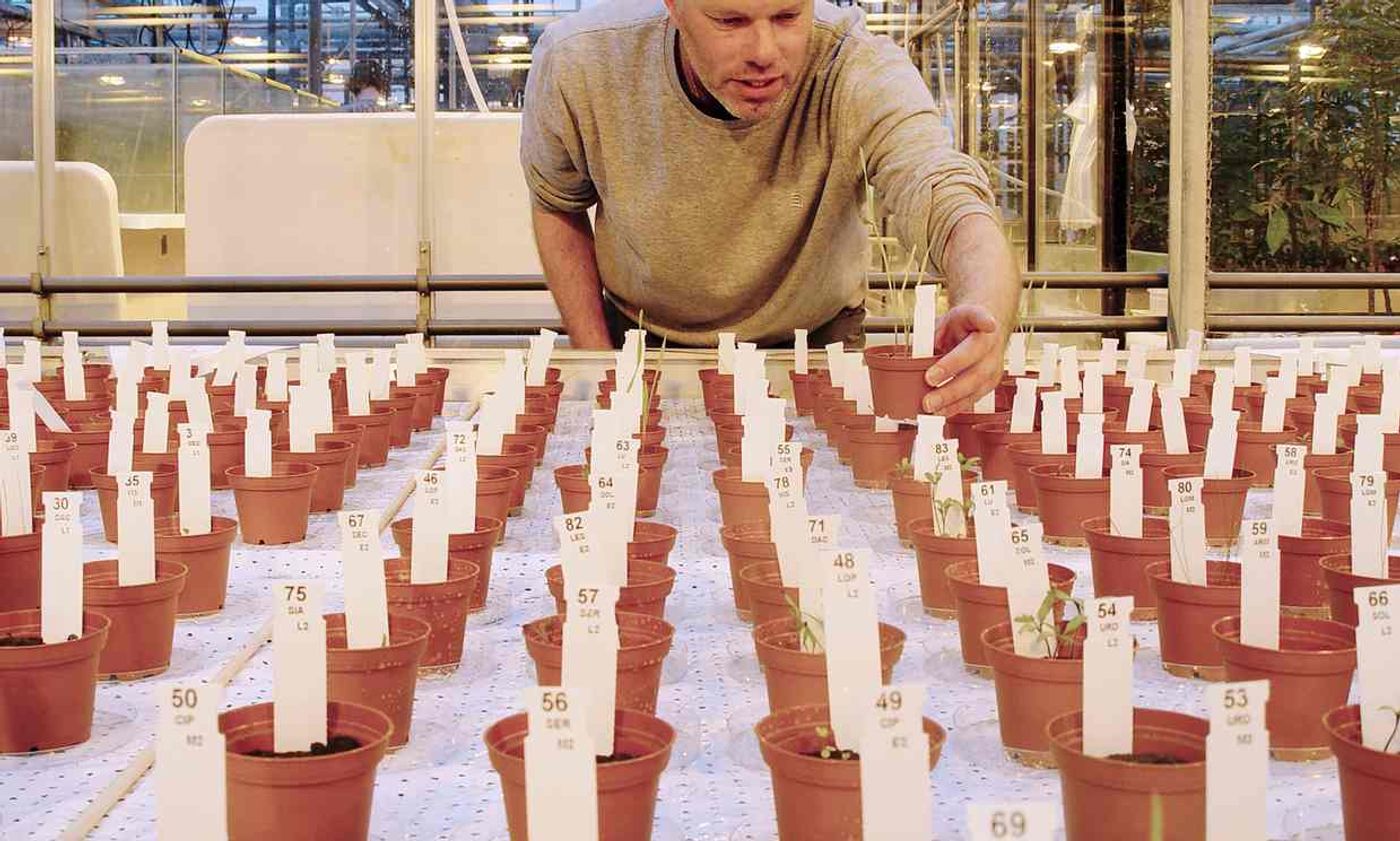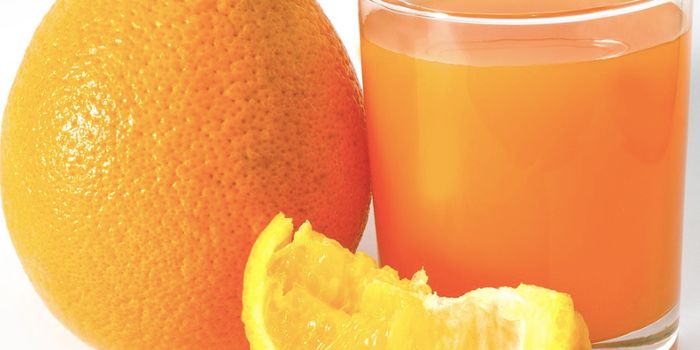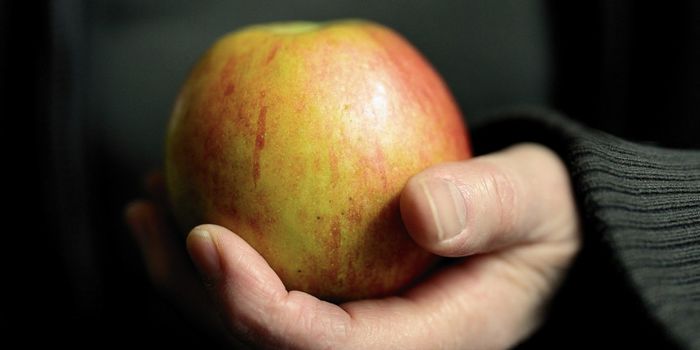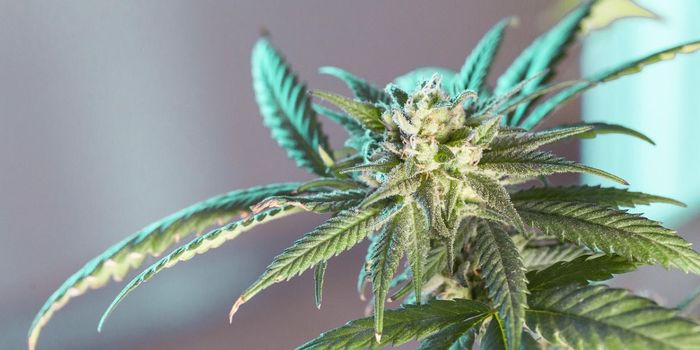Scientists Deem Vegetables Grown in Mars-Like Soil 'Safe to Eat'
As mankind gets ever-so-closer to putting boots down on Mars’ surface, there are a lot of challenges that need to be overcome. So far, inflatable habitation modules and 3D printing both offer a lot of promise for packing a ton of supplies into a small volume of storage to make it possible to have a livable camp on the red planet, but there is still more to it than that.
Anyone who gets sent to Mars will be there for a really long time. It won’t be like the International Space Station where they go up for a few months and then come right back. So sustainability is very important. One of the things necessary to sustain life is food, and one of the best ways to produce sustainable food is with plants.

Image Credit: Joep Frissel/AFP/Getty Images
A recent experiment carried out by Dutch scientists sought to find out whether or not plants grown in Mars-like conditions were safe to eat. Soil mixes, created by NASA, were produced to simulate as closely as possible the soil conditions found on the red planet and ten kinds of plants will be planted in the study.
So far, the findings were positive for four of the plant types, illustrating that plants of various kinds, whether vegetables or cereals, would grow alright in Martian soil, and would be safe to eat. Among the types of plants tested were peas, radishes rye and tomatoes.
“These remarkable results are very promising,” said senior ecologist Wieger Wamelink. “We can actually eat the radishes, peas, rye and tomatoes, and I am very curious what they will taste like.”
Still to be tested are six more types of plants that could behave differently, which include potatoes.
One of the major things scientists look for were dangerous levels of heavy metals in the plants that could pose health problems to anyone to ate them. Mars has higher concentrations of cadmium, copper, and lead than Earth does, and these metals could make the food inedible.
“It’s important to test as many crops as possible, to make sure that settlers on Mars have access to a broad variety of different food sources,” said Wamelink.
The experiment comes a few months after Inernational Space Station astronauts grew lettuce on the space station and then proceeded to eat the product, showing it was safe to eat.
We’re still decades away from having the technology needed to send mankind to Mars, but getting a head start on research is the only sure fire way we’re ever going to get there.
At least now we know we should be able to plant crops on the red planet in climate-controlled areas and have sustainable edible food.
Source: The Guardian








